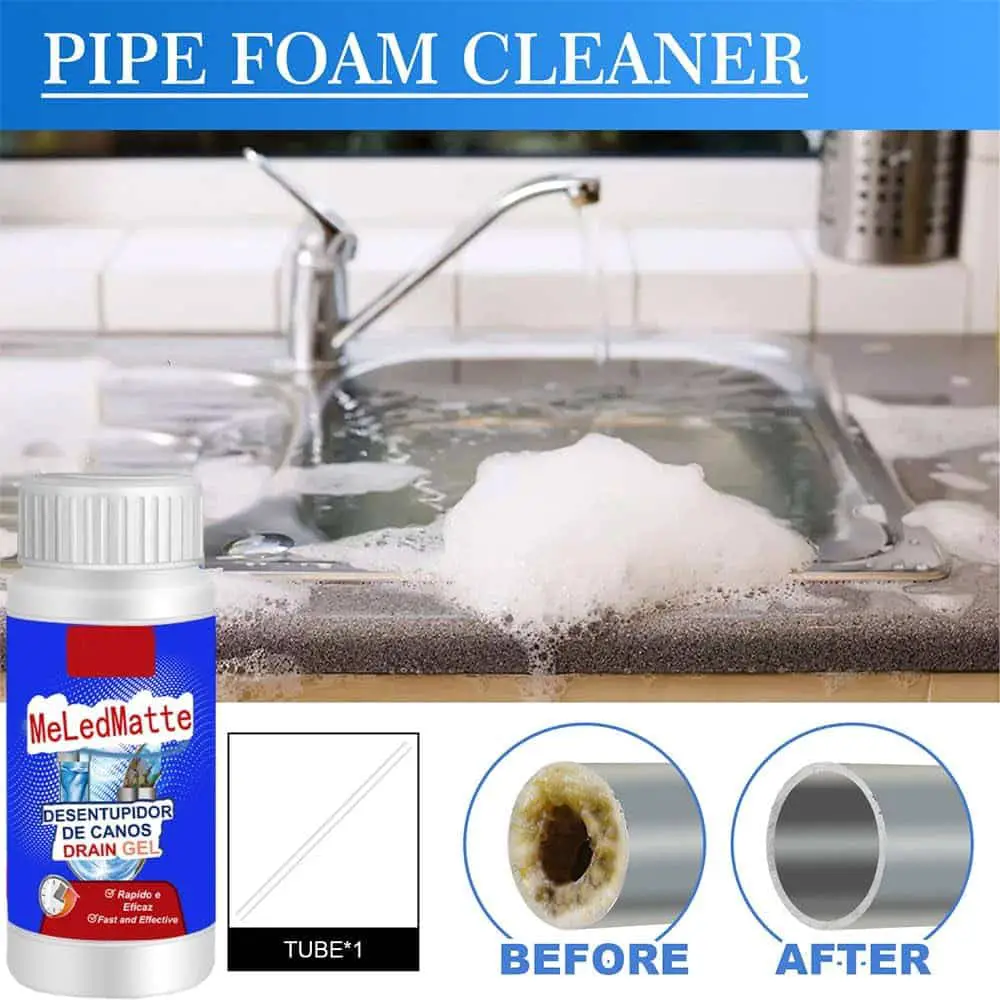Foaming drain cleaner is a chemical solution that clears clogged pipes with a frothy action. Its effervescence helps break down blockages effectively.
Foaming drain cleaners offer a powerful solution for tackling stubborn clogs in household pipes. These products are designed to expand upon contact with water, creating a foam that pushes through the pipe, loosening and dissolving common blockage materials like hair, grease, and soap scum.
Ensuring proper water flow, these cleaners are a homeowner’s ally against slow or stopped drains. Their targeted approach means they can reach areas other liquid cleaners might miss, providing a thorough cleaning without the need for manual intervention such as plunging or snaking.
Before use, always read and follow instructions carefully to maintain both the efficiency of your drainage system and your safety.
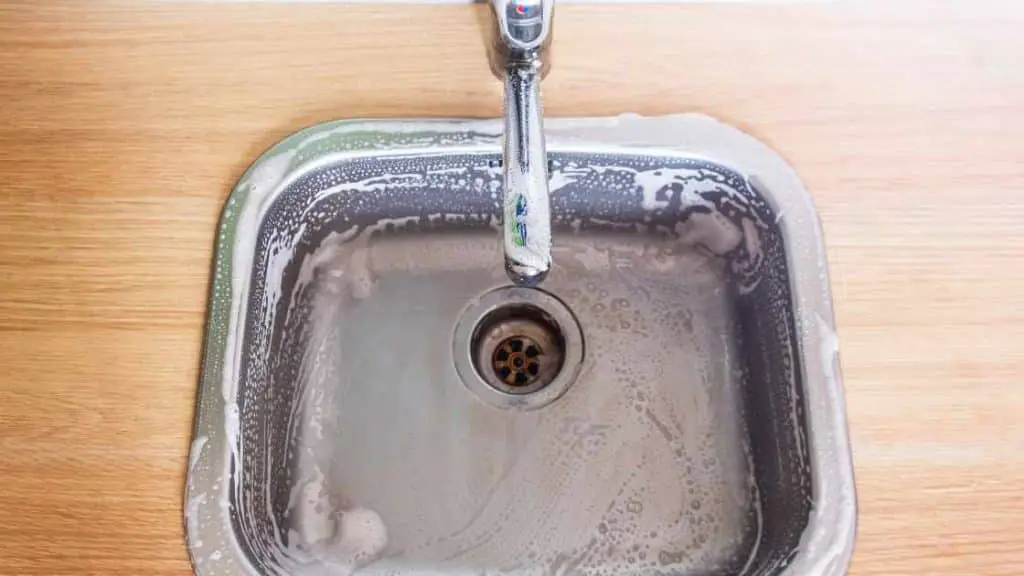
The Culprits Of Clogged Pipes
Picture this: Water is rising in the sink. Panic strikes. But what’s down the drain causing such dismay? The answer often lies in our daily habits and the items we flush away. Let’s dip into the usual suspects that invite the need for foaming drain cleaners.
Common Household Blockages
Everyday items can turn into notorious blockages.
Here are the chief offenders that clog pipes:
- Hair: a silent pipe strangler, swirling into clumps.
- Soap scum: leaps from your soap bar, sticking to pipe walls.
- Food waste: escapes from plates, causing greasy build-ups.
- Oil and grease: slide down the drain, hardening like cement.
- Toilet paper: in excess, it bundles up, halting water flow.
- Sanitary items: too hefty for pipes, these culprits are blockers.
Impact Of Pipe Build-up
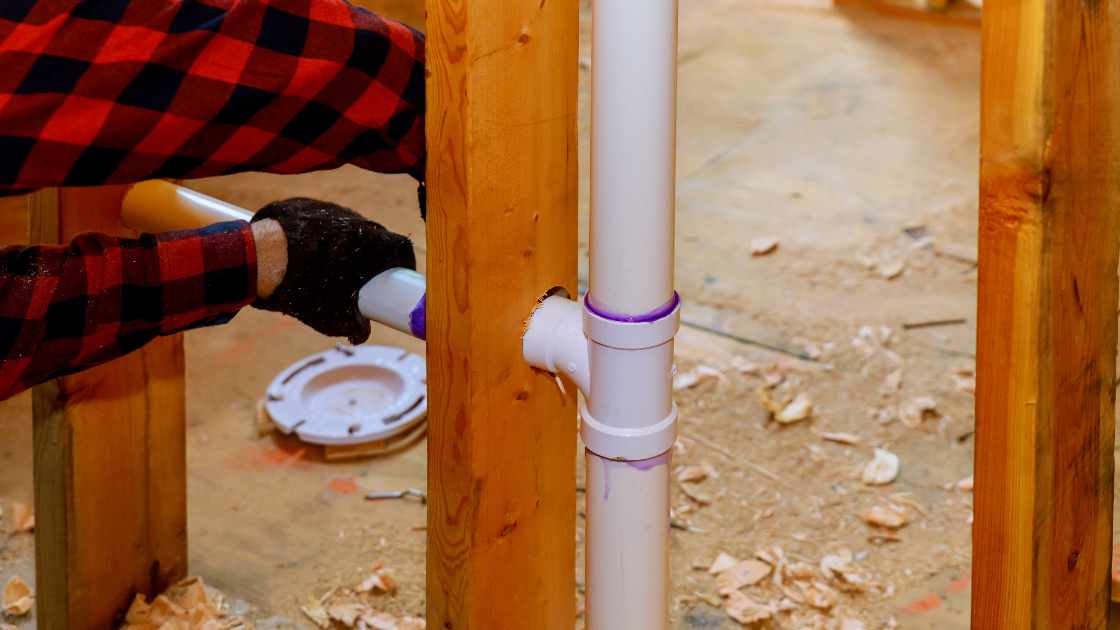
Pipe build-up spells trouble. It’s more than just a nuisance.
Here’s why:
| Slow Drains: | Water lingers, and time is wasted. |
| Bad Odors: | Foul smells waft, adding discomfort. |
| Water Damage: | Overflow harms structures, repairs cost much. |
| Health Hazards: | Bacteria flourish, risking well-being. |
Foaming Drain Cleaner Essentials
Picture a sink that swallows water effortlessly. Pretty satisfying, right? But drains can slow down, teasing us with pools of water. Cue foaming drain cleaners; the heroes in bottles.
They’re not your average liquid. They expand, bubble, and work magic in the maze of pipes beneath our feet. Let’s unwrap these foaming wonders and learn why they’re a must-have in every household.
Chemical Composition
At the heart of these fizzing powerhouses lies their chemical composition. Typically, they consist of:
- Sodium hydroxide, or lye, is great at dissolving globs of grease.
- Sodium hypochlorite brings the muscle to kill germs and blitz through the blockage.
- Aluminum reacts and heats everything, creating a foaming frenzy.
- Foaming agents that lift the grime, ensuring a deep clean from plug to pipe-end.
How Foaming Action Works
Think of the foam as a mini scrubbing squad. When you pour the cleaner down the drain:
- The solution hits the water waiting to be unclogged.
- Chemicals react, creating heat and gas — that’s the foam!
- This bubbly force spreads throughout the pipes, clinging to their walls.
- Dirty clogs meet the foam and start breaking down into tiny, washable pieces.
- Water flows again, and your pipes smell fresh. Victory!
Comparing Drain Cleaners
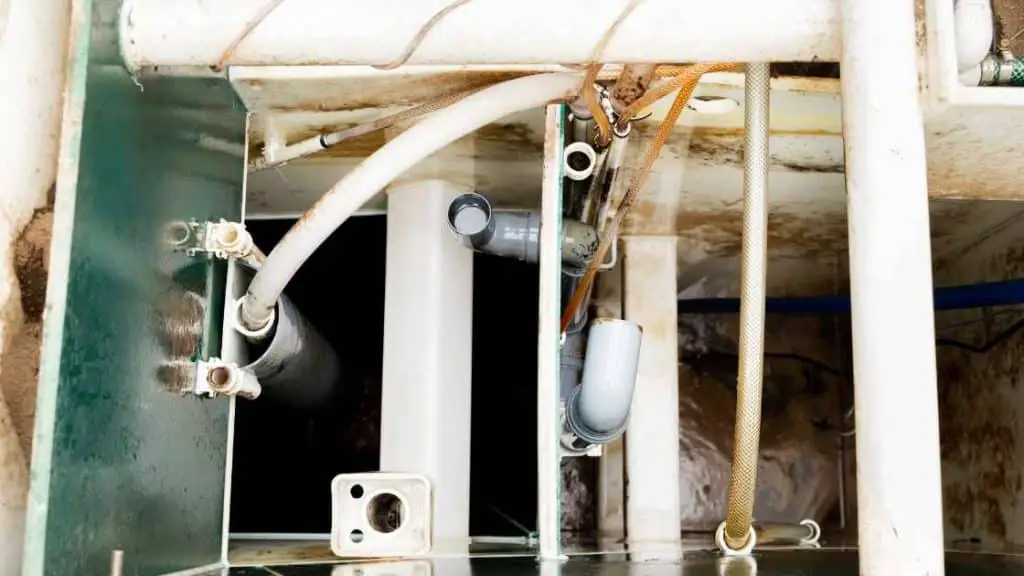
Unclogging drains is a common household problem. Different types of drain cleaners tackle this in many ways. Let’s compare them to find the best for you.
Foaming Vs. Liquid Cleaners
Foaming drain cleaners are a popular choice for deep cleaning. They expand to coat pipes, working on blockages both at the surface and deeper within. Liquid cleaners, on the other hand, are fast-acting. They flow quickly to the obstruction, dissolving grease and other common clogs.
| Type | Pros | Cons |
|---|---|---|
| Foaming | Deep cleaning, less harsh on pipes | Slower action may need several applications |
| Liquid | Fast-acting, effective on grease | Can be more corrosive, and requires caution |
Eco-friendly Alternatives
Concerned about the environment? Eco-friendly drain cleaners offer a solution. These alternatives avoid harsh chemicals, using enzymes or natural substances to break down clogs
- Enzymatic cleaners: Safe for pipes and septic systems
- Baking soda and vinegar: Non-toxic and readily available
- Boiling water: Simplest method, effective on grease
Safety First: Using Foaming Drain Cleaner
Clearing clogged drains can be a daunting task. Foaming drain cleaners present an effective solution, yet safety always comes first. These powerful cleaners require careful handling. Let’s dive into how to use them without harm.
Protective Gear Recommendations
Never underestimate the importance of protective gear. Foaming drain cleaners contain chemicals that can be harmful. Before starting, equip yourself properly. Here’s what you need:
Gloves: Thick, chemical-resistant gloves protect your hands.

Goggles: Avoid eye irritation or injury with safety goggles.
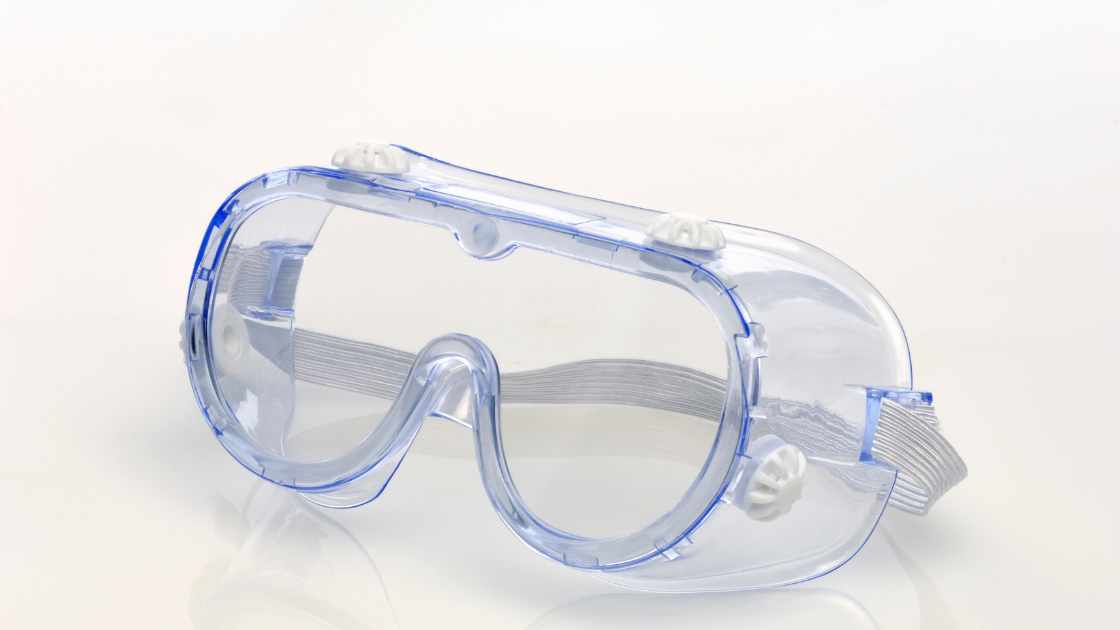
- Long-sleeved clothing: Shield your skin from splashes.
- Well-ventilated area: Open windows, or use a fan, to circulate air.
Step-by-step Application Process
With the right gear on, follow these steps:
- Read instructions: Each cleaner has unique guidelines.
- Prepare the area: Remove any standing water in the sink or tub.
- Apply the cleaner: Pour the recommended amount slowly.
- Wait: Leave the cleaner to work as per the instructions.
- Rinse thoroughly: Flush the drain with hot water after the specified time.
Professional Tips For Optimal Results
Ensuring a clog-free drain can be straightforward with the right approach. Professional tips enhance the effectiveness of foaming drain cleaners. Follow these guidelines to achieve the best results and maintain a clear, functional drainage system.
Best Practices For Prevention
Preventing clogs should be your first line of defense. A few simple habits can keep your drains clear:
- Avoid pouring grease down the sink.
- Use drain screens to catch hair and food scraps.
- Run hot water after each use to clear residual waste.
- Opt for bi-weekly maintenance with a gentle cleaning solution.
These steps reduce the need for heavy-duty cleaners, safeguarding your pipes.
When To Call A Professional
There are times when a DIY approach isn’t enough. Look out for key signs that professional help is needed:
| Sign | Action |
|---|---|
| Persistent clogs | A plumber can remove deep blockages. |
| Water backup | This could indicate a serious blockage or damage. |
| Bad odors | Lasting smells may need a professional assessment. |
| Slow drainage | If after treatment water still drains slowly, it’s time to call for expert help. |
Recurring problems often require specialized tools and expertise. A licensed plumber can diagnose and fix the issue efficiently.
Maintenance And Long-term Drain Health
Keeping drains clean stops nasty surprises. Like teeth, drains need regular care. Foaming drain cleaners keep pipes flowing without harsh chemicals. They push out grime before you face a blockage.
Regular Cleaning Schedule
Create a cleaning routine to stop long-term problems. Here’s how to do it:
- Weekly: Use hot water for a quick flush.
- Monthly: Apply foaming cleaner to remove buildup.
- Seasonally: Inspect for slow drains.
Stick to the schedule for the best results. It’s easy and keeps drains healthy.
Warning Signs Of Future Clogs
Catch clogs before they happen. Here’s what to watch for:
| Warning Sign | Action |
|---|---|
| Water pools in the sink | Use cleaner immediately |
| Gurgling sounds from the drain | Check for obstructions |
| Unpleasant smells | Cleanse with a foaming cleaner |
Pay attention to these signs. Act fast to prevent clogs.
Frequently Asked Questions Of Foaming Drain Cleaner
Do Foaming Drain Cleaners Work?
Yes, foaming drain cleaners can be effective for clearing clogs by breaking down common blockage materials like hair and grease. Use them according to the instructions for best results.
What Is The Foam Used To Clean Drains?
Drain cleaning foam typically contains a chemical mixture designed to dissolve clogs and buildup without damaging pipes. Brands like Drano offer foaming solutions specifically for this purpose.
What Is The Best Drain Cleaner To Remove Buildup?
The best drain cleaner for removing buildup is typically a chemical-based cleaner, like Drano or Liquid-Plumr, due to its effectiveness at dissolving tough clogs. Always follow safety instructions when using these products.
What Is The Best Chemical To Unblock Drains?
The best chemical for unblocking drains is often sodium hydroxide, also known as caustic soda or lye. It effectively dissolves most organic clogs.
What is the best foaming drain cleaner?
The effectiveness of foaming drain cleaners can vary depending on the specific clog and plumbing system, but some popular and highly rated options include products like Drano Max Gel Foam and Green Gobbler Foaming Root Killer, which are known for their ability to break down many types of debris and clear drain blockages effectively. It’s advisable to follow the instructions on the chosen product carefully and consider factors such as the type of clog and plumbing material for optimal results.
What is foaming drain cleaner?
Foaming drain cleaner is a specialized cleaning solution designed to unclog drains by generating a foaming action. The foam helps to break down and dissolve accumulated debris, grease, and hair within the pipes, facilitating the removal of blockages and improving drainage.
Conclusion
Wrapping up, it’s clear that foaming drain cleaners offer a potent solution for common pipe clogs. Such products promise a hassle-free approach, targeting blockages with precision. Remember, for safe and effective use, always follow the manufacturer’s instructions. Keeping your drains flowing has never been easier.

